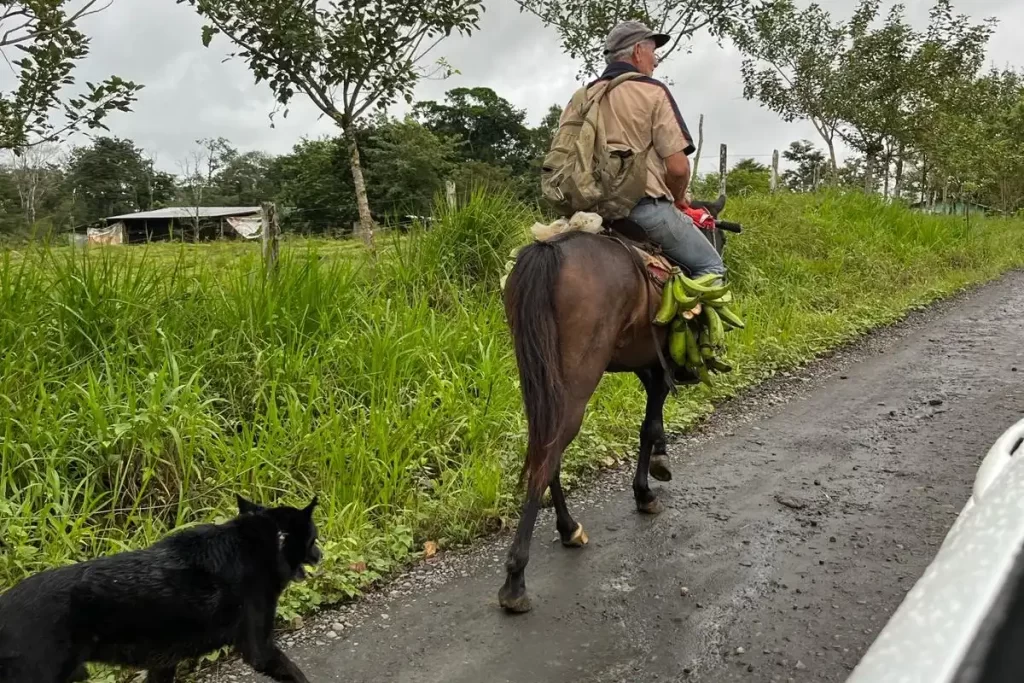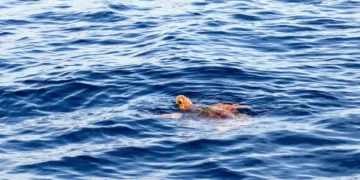Is Costa Rica dangerous?
We traveled to Costa Rica in January/February and our tour was quite complete, since we practically crossed the entire country with the car. Is Costa Rica dangerous? Here is a brief consideration from those who have experienced the Central American nation firsthand thanks to a 14-day itinerary.
[/vc_row]
Costa Rica is not dangerous
Costa Rica is a state that gave up its army in 1948. This might make you think that the country is exposed to constant dangers, but this is not the case. It would be false (and utopian) to say that in Costa Rica there is no microcrime or other affairs of unclear legality, but if compared to the outskirts of an Italian, English or American city, the state of Pura Vida is anything but dangerous.
In 14 days of travel we visited San José, Alajuela, Cahuita, Puerto Viejo, Cocles, Santa Elena, Bijagua, Monteverde, Manuel Antonio, Quepos, Uvita and many other towns. Well, we have neither suffered nor seen criminal acts of any kind. It could be a coincidence but, having also lived in countries like Brazil and Santo Domingo, crime is quite low in comparison.
Can you travel to Costa Rica with children?
Of course, Costa Rica with children is quite peaceful. Every city we visited and every national park was pleasantly entertained by the presence of children of all ages. Costa Rica then, again thanks to the abolition of the army, allocated all military funds for health and education, and what’s the result? Even in the most remote village there are schools and playgrounds for children and teenagers of all ages.
However, keep in mind that some national parks in Costa Rica are quite tiring, so I advise you to bring plenty of water if you have a baby on your shoulders. Routes such as those of the Tenorio Park and the Monteverde Biological Reserve have significant differences in height.
What if I need medical care in Costa Rica?
The same thing as the previous paragraph applies here too. Of course, don’t expect a myriad of hospitals and biomedical campuses, but Costa Rica‘s municipalities have emergency centers and pharmacies on every corner. You will not have difficulty finding medical care in Costa Rica but in any case, hopefully you don’t need it, you can contact 911 for more immediate emergencies.
How are tourists viewed in Costa Rica?
Tourism is a decidedly substantial part of Costa Rica’s GDP. Beyond the usual intrusive parking attendants and somewhat petulant sellers, tourists are welcomed with extreme kindness and great availability. Suffice it to say that the car rental company we turned to, instead of a Toyota Aygo, gave us a Corolla Cross SUV that saved our lives at the same price: this was to make our trip on Costa Rican roads easier. Speaking of roads…
Road safety in Costa Rica
In Costa Rica, driving is on the right as in most countries. The road system is a bit particular, since the territory rich in hills and forests does not allow a very branched network (fortunately). Driving is easy on connections between the main cities, however we decided to take some internal roads: we found ourselves driving on dirt roads for almost 60km.
But believe it or not, it was one of the most beautiful trips from a panoramic and cultural point of view. However…overall the roads are safe, but be careful: wildlife sometimes crosses the road and avoiding an iguana is not for everyone. In any case, to travel safely and without unexpected events, we recommend renting a medium-sized car. We opted for a Toyota Corolla Cross: the right compromise between a small car and an SUV.
Conclusion: Is Costa Rica dangerous?
We still recommend that you pay attention to your belongings, as you would anywhere. Keep an extra eye out in the center of San Jose because it is very crowded, however the presence of the Policia is quite dense. Costa Rica has created a police section entirely dedicated to tourists. Travel with caution, but have fun and savor Pura Vida! There are dozens of countries far more dangerous than Costa Rica.










